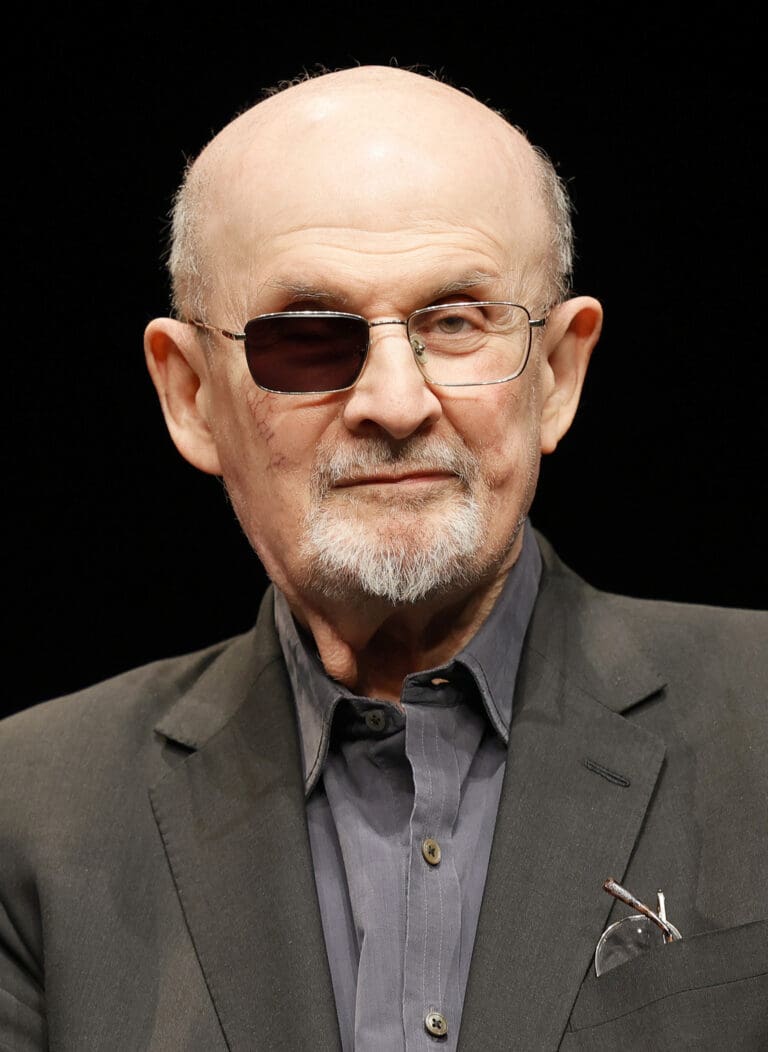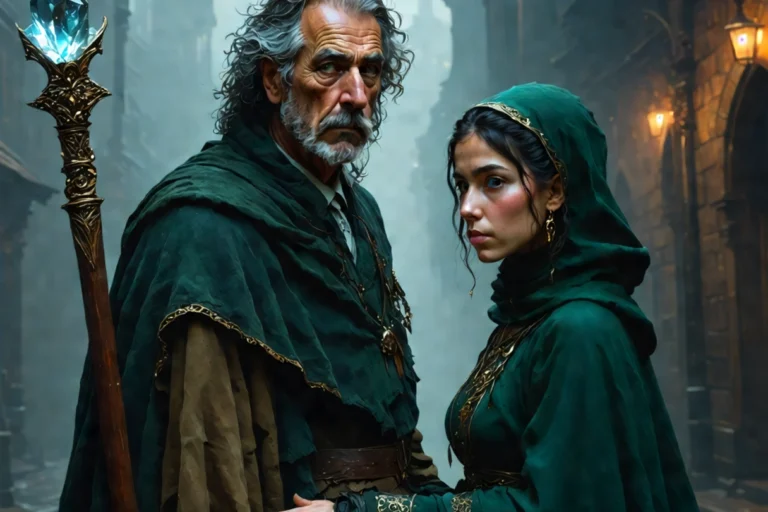We Grew Up on These Stories—Now They’re Ours
With Hemingway, Woolf, Popeye, and Tintin now free to reinterpret, the 2025 public domain wave is more than legal—it’s a cultural invitation for new voices and fresh visions.
Share to Social Media

We Grew Up on These Stories—Now They’re Ours
I. When the Past Speaks Again
Imagine walking into a small theater and hearing a graphic novelist perform a live monologue from A Room of One’s Own. This isn’t archival reading—it’s a new story built on Woolf’s words, now in the public domain as of January 1, 2025. That day, a veil lifted, granting creative freedom over a trove of literature, film, music, and comics.

II. The Drop: Who’s in This Year?
This class of 1929 alumni reads like a greatest-ever list:
The Easiest Way to Stay GDPR-Compliant
- Literary giants: Hemingway’s A Farewell to Arms, Faulkner’s The Sound and the Fury, Christie’s The Seven Dials Mystery, and Woolf’s celebrated essay.
- Pop-culture landmarks: Popeye debuts in Thimble Theatre, Tintin appears in Tintin in the Land of the Soviets, and early Hitchcock and Marx Brothers films roll into public domain.
- Notes and reels: Gershwin’s An American in Paris, jazz standards like “Ain’t Misbehavin’,” and early soundtracks from Singin’ in the Rain are newly open to remixers.
As NPR reports, “The copyrights of thousands of films, songs and books expire in 2025, making them instantly available for people to use, share and adapt.”
III. The Creative Rush: Remix Culture Goes Live
A. Off‑beat adaptations
Remember when Winnie-the‑Pooh: Blood and Honey surprised everyone? That shock hit was made possible by public domain freedom. As Reason notes, this openness “drives innovation and commerce,” enabling everything from Broadway musicals to indie games—built on the license to reimagine shared heritage.
Already, three Popeye horror films are coming in 2025, including *Popeye’s Revenge*, *Popeye the Slayer Man* and *Shiver Me Timbers*, illustrating how public domain shifts creative direction so quickly (Wikipedia).
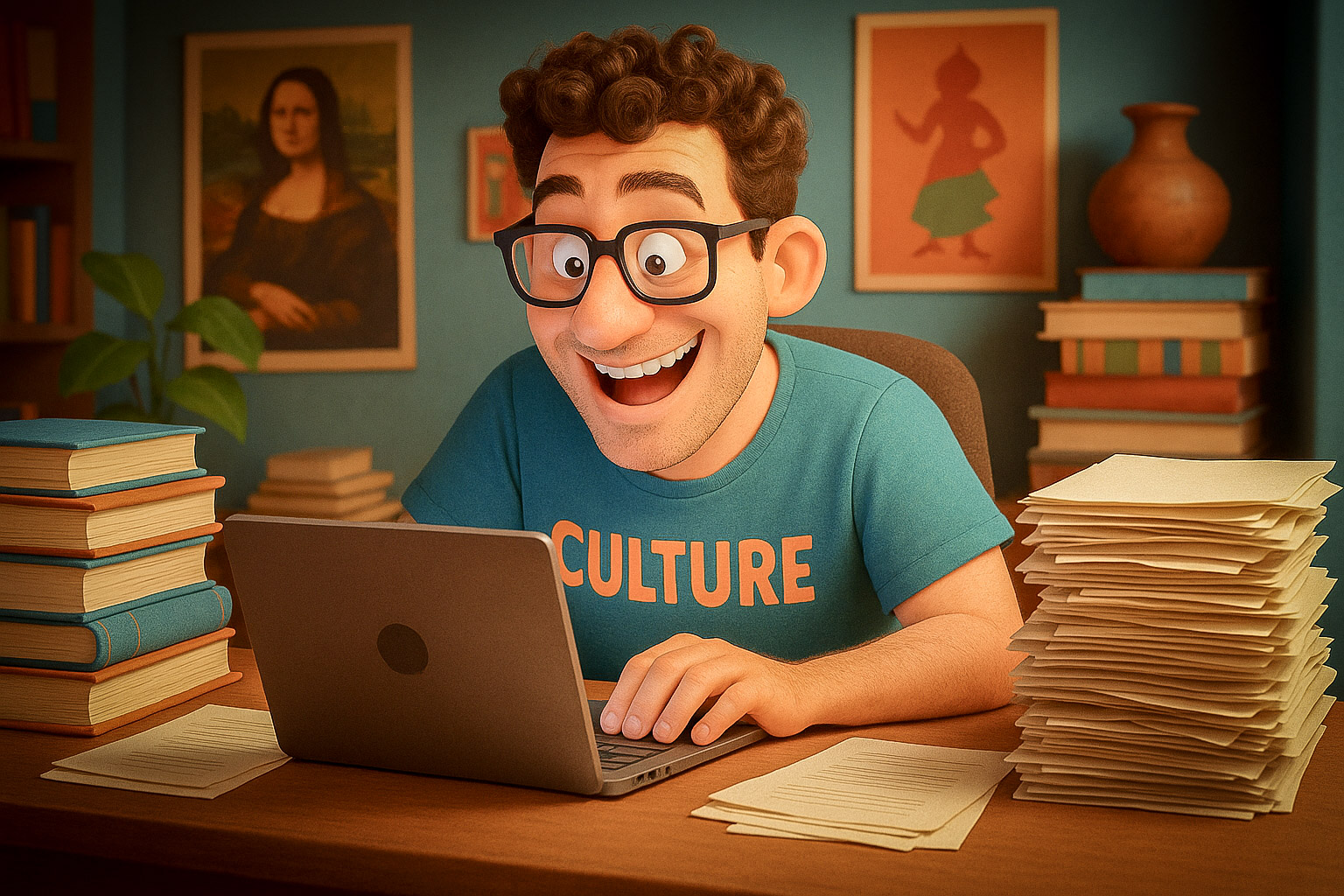
Design. Build. Launch. No Code Needed.
From portfolio websites to full webshops – Elementor lets you build custom WordPress sites visually, fast and beautifully. Join 14M+ users who choose freedom, flexibility, and full design control.
B. Literary reinventions
A digital-first imprint could now release an annotated edition of The Sound and the Fury, complete with multimedia essays, without licensing concerns. Or a podcast could adapt Woolf’s essay into a serialized audio drama—fully legal and free.
C. Classroom & curation
Educators can distribute Hemingway without paywalls. Fan artists can overlay Popeye sketches into contemporary comic narratives. Every dance troupe can riff on Singin’ in the Rain in interpretive choreography. The only limits are imagination.
IV. Creative Ethics and Legal Tension
Not everything is free-for-all. *Popeye* trademarks remain with King Features Syndicate; spinach‑powered abilities or animated voice traits may still be protected. Meanwhile, Tintin isn’t yet free in Europe—it remains copyrighted until 2054 due to life‑plus‑70 rules (Wikipedia).
Reason questions whether 95 years is excessive, arguing that prolonged copyright “limits cultural access and innovation,” while advocates push for faster access.
V. Remixing the Canon: Why It Matters
This isn’t just about losing monopoly—it’s about stewardship of collective memory. The Center for the Study of the Public Domain reminds us it’s “a reminder of the cultural wealth that copyright should ultimately return to the public.”
Artists aren’t just passing through the canon—they’re living inside it. Public domain is the soil; creativity is the bloom.
VI. The Past Is Open
So go ahead: stage Woolf in VR, remix Popeye into street art, adapt *A Farewell to Arms* as a virtual reality experience, or re-tier *Blackmail* as an audio‑visual installation. The canon is communal now. Public domain is not an exit—it’s an entry. And 2025’s unlock is just the beginning.
VII. Our Take: A Room of One’s Own, Revisited
What follows is a fictional reinterpretation written in homage to Virginia Woolf, whose work entered the public domain in the EU and U.S. This passage reimagines her voice and themes through the lens of a 2025 content creator. It’s not a tribute—it’s a dialogue.
I have a room now. It’s hardly more than a repurposed hallway, and the radiator knocks like a ghost trying to escape—but it’s mine. I bought a folding table from IKEA and laid it across two crates of old books, most of them by women who never had what I have: Wi-Fi, therapy, and enough quiet to think two thoughts in a row.
Woolf said a woman must have money and a room of her own. I think she was right, though I’d add: a mute button, a decent browser, and maybe someone who tells her not to be sorry all the time.
I write after my daughter falls asleep, the baby monitor humming like static proof that life goes on in the other room. I don’t write fiction. I write funding pitches for an arts nonprofit. And zines. And fragments of prose I tuck into a folder named NotDeadYet.docx.
The canon always felt like a closed door, but this week it cracked open. I downloaded Woolf’s book for free. No gatekeepers. No “click here to rent.” Just her words. My eyes. Ninety-six years, then a single keystroke.
She spoke to a room she couldn’t see. I answer from mine.

